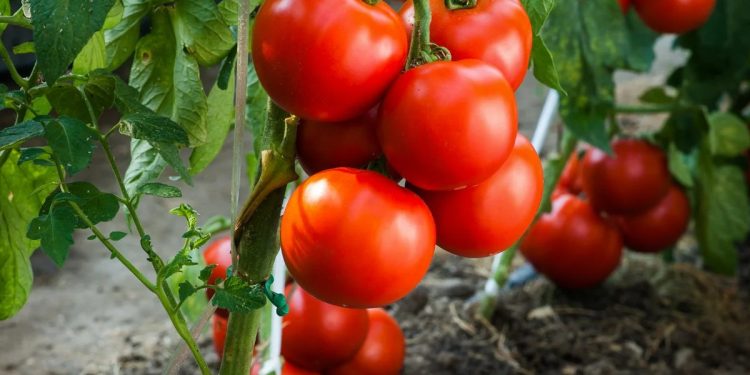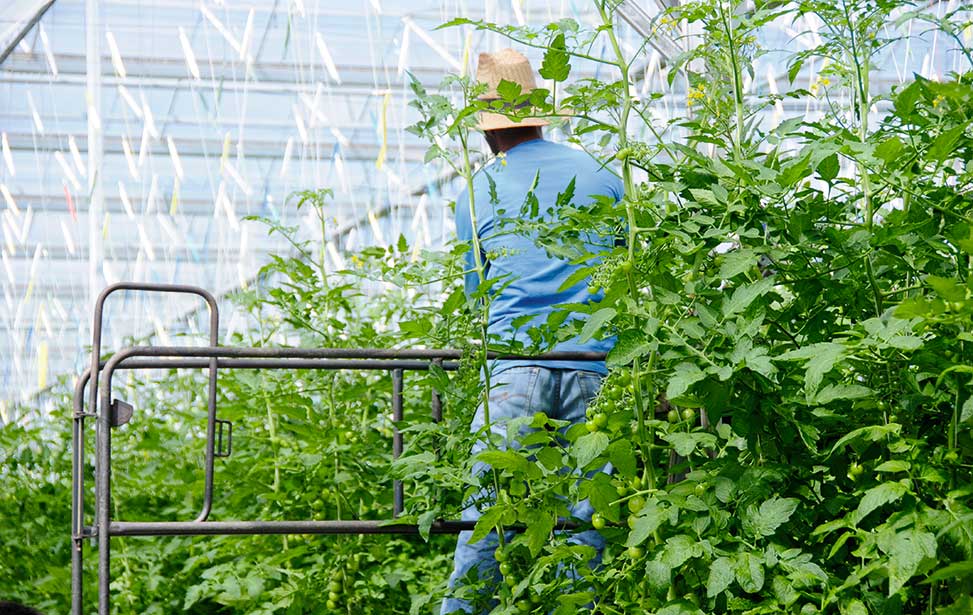#Morocco #TomatoSeason #Heatwave #Agriculture #ClimateChange #ExportMarket #WaterScarcity #CropDamage #FarmingChallenges.
Moroccan farmers and agricultural stakeholders are bracing themselves for the potential consequences of the recent heatwaves on the country’s tomato season. Rising temperatures, dwindling water resources, and other challenges are threatening Morocco’s status as a global tomato exporter. In this article, we explore the latest data and concerns surrounding the situation.
Moroccan agriculture is renowned for its vibrant tomato season, contributing significantly to the country’s economy and global export market. However, recent heatwaves have cast a shadow of uncertainty over this vital sector. As reported by Freshplaza, Moroccan farmers are already witnessing the early signs of damage to their tomato crops, and the outlook is worrisome.
“We’re still in the process of assessing the damage, and it’s still too early to quantify it,” remarked one grower when interviewed by the news outlet. This sentiment echoes the concerns of many farmers who are grappling with unprecedented heatwaves that have swept across Morocco, with some regions experiencing temperatures soaring up to a scorching 50 degrees Celsius.
What makes this situation particularly challenging is the timing. Many farmers had recently adopted new seed varieties to address previous plant issues, and now they are faced with the shortage of these new seeds to replace crops that have been adversely affected by the rising temperatures.
Adding to the worries are concerns about exports. Morocco has gained a significant foothold in the global tomato market. According to data from EastFruit in April, tomatoes were the main export category for Morocco in 2021, securing the country’s position as the fifth-largest tomato exporter worldwide. In 2022, Morocco even climbed to the third spot, surpassing formidable competitors such as Iran and Spain. While this might have initially delighted Moroccan citizens, it also heightened their concerns about tomato prices and export stability.
The ongoing drought conditions, exacerbated by the summer heatwaves, have further strained the situation. Morocco’s Ministry of Equipment reported that the country’s dam filling percentage dropped to 28.6%, a decrease of 0.5% in just one week. The ministry attributed this decline to the prolonged heatwaves and the presence of mud, both contributing to diminishing water resources across the country.
The tomato export growth trajectory reflects the importance of this crop to Morocco’s economy. In just one year, the country’s tomato exports surged from 365,695 tonnes in 2021 to a staggering 557,225 tonnes in 2022. However, the combined challenges of extreme heat, water scarcity, and potential damage to crops cast a shadow of uncertainty over the future of Morocco’s tomato season.
The recent heatwaves in Morocco have left farmers and agricultural stakeholders grappling with uncertainty. While the extent of the damage is still being assessed, there are genuine concerns about the impact on the country’s vital tomato season. As Morocco has risen through the ranks to become a major global tomato exporter, these challenges pose not only economic risks but also affect the livelihoods of many in the agricultural sector. The situation calls for proactive measures, innovative solutions, and international cooperation to mitigate the impact of climate change on agriculture.










